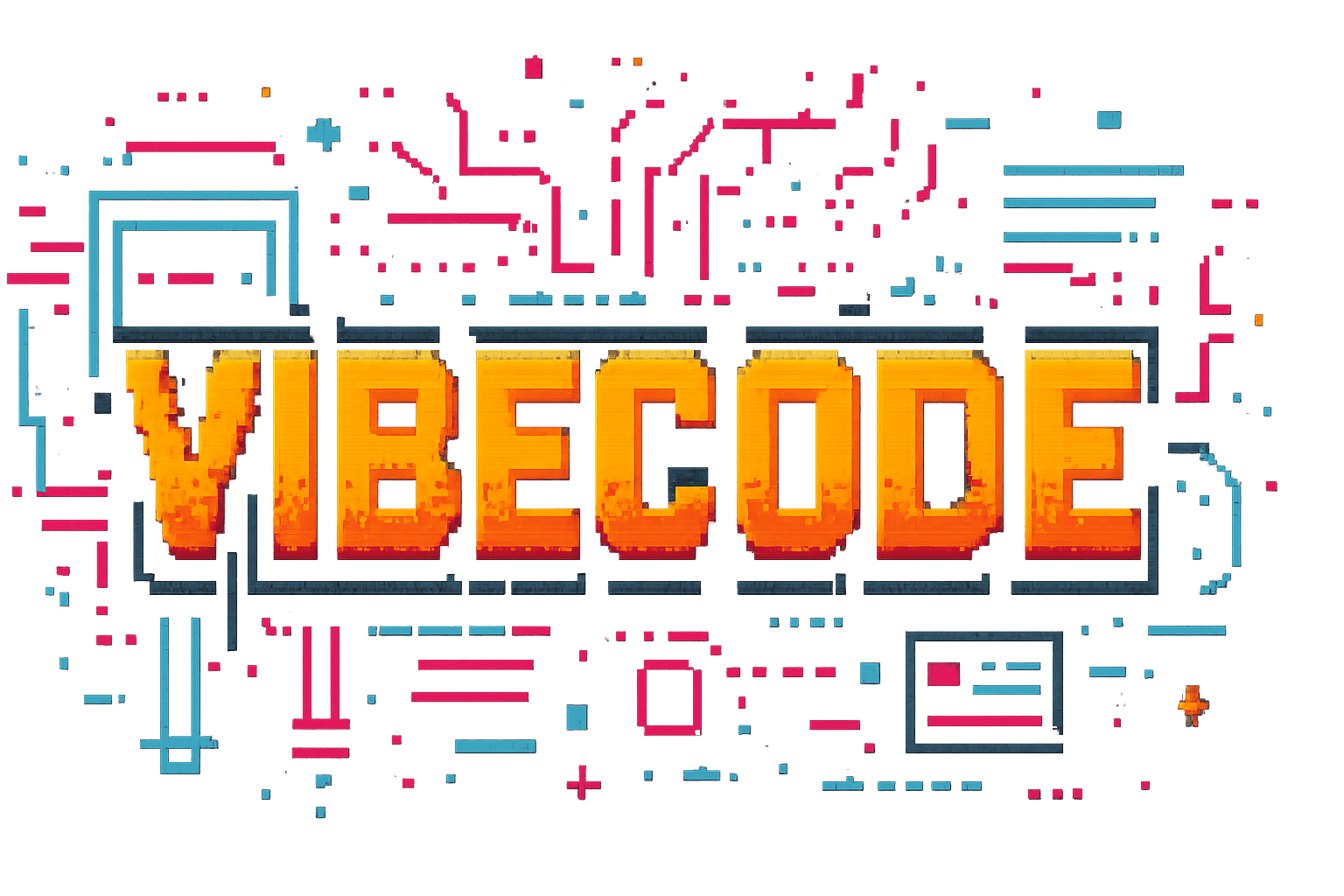Vibecoding: The Art of Intuitive Programming
Welcome to our Vibecoding tutorial! This new programming discipline is all about finding your flow and developing intuitive solutions that go beyond traditional programming paradigms.
What is Vibecoding?
Vibecoding is an approach to programming that combines technical precision with creative intuition. Rather than working solely with standardized patterns, Vibecoding encourages developers to use their intuition and “feel” with code.
The core principles are:
- Flow over Structure: Find a mental state where code naturally flows
- Intuition over Rules: Trust your instinct when making design decisions
- Expressiveness over Convention: Express your unique perspective through your code
- Harmony over Efficiency: Strive for code that not only works but feels harmonious
Why Vibecoding?
In an era where programming is increasingly standardized and AI tools take over more routine coding tasks, human intuition becomes the critical differentiator. Vibecoding strengthens precisely this human component.
Some benefits include:
- More creative approaches to complex problems
- Higher satisfaction while programming
- More personal code that reflects your way of thinking
- Better collaboration through deeper understanding of your own and others’ code intentions
Getting Started with Vibecoding
1. Achieving the Flow State
The first step in Vibecoding is to reach a mental state where you are completely immersed in programming. Here are some techniques:
// Traditional coding
function processData(data) {
const results = [];
for (let i = 0; i < data.length; i++) {
if (data[i].status === 'active') {
results.push(data[i].value * 2);
}
}
return results;
}
// Vibecoding approach
function enhanceActiveValues(data) {
return data
.filter(item => item.isActive())
.map(item => item.amplify());
}The second version isn’t just shorter—it more clearly expresses the intention. We’re enhancing active values, not just processing them.
2. Listening to Your Intuition
Vibecoding encourages you to listen to your gut feeling. If a solution “feels right” even if it doesn’t conform to standards, explore it:
# Standard approach
def validate_user_input(input_string):
if len(input_string) < 3:
return False
if not input_string[0].isalpha():
return False
if not all(c.isalnum() or c == '_' for c in input_string):
return False
return True
# Intuitive Vibecoding approach
def feels_like_valid_username(name):
is_substantial = len(name) >= 3
starts_properly = name[0].isalpha()
has_acceptable_chars = all(c.isalnum() or c == '_' for c in name)
return is_substantial and starts_properly and has_acceptable_charsThe function feels_like_valid_username not only expresses what it does but also how you as a developer think about validation.
3. Finding Your Code Rhythm
Vibecoding isn’t just about WHAT your code does, but HOW it does it. Pay attention to rhythm and aesthetics:
// Functional but rhythmic approach
const processTransactions = transactions =>
transactions
.filter(tx => tx.isComplete)
.sort((a, b) => b.date - a.date)
.map(tx => ({
id: tx.id,
amount: formatCurrency(tx.amount),
date: formatDate(tx.date)
}))
.slice(0, 10);This code has a natural flow—filter, sort, transform, limit—that feels good and is easy to understand.
Exercises for Vibecoding
-
Code Meditation: Spend 5 minutes contemplating existing code without changing it. Feel its rhythm and intention.
-
Refactoring by Feel: Take working code and refactor it not according to best practices, but according to what feels right to you.
-
Pair Vibecoding: Program with a partner, taking turns writing code and communicating only through non-verbal cues.
Advanced Vibecoding Concepts
Code Harmony
In advanced Vibecoding, we strive for harmony in code—a state where all parts naturally fit together:
// A harmonious interface design
interface Resonance<T> {
source: T;
amplify(factor: number): Resonance<T>;
combine(other: Resonance<T>): Resonance<T>;
release(): T;
}
class SoundResonance implements Resonance<AudioBuffer> {
constructor(private buffer: AudioBuffer) {}
amplify(factor: number): Resonance<AudioBuffer> {
// Implementation...
return this;
}
combine(other: Resonance<AudioBuffer>): Resonance<AudioBuffer> {
// Implementation...
return this;
}
release(): AudioBuffer {
return this.buffer;
}
}Training Code Intuition
The more you practice Vibecoding, the stronger your code intuition becomes. Here are some exercises:
-
Code Blindfolding: Write a function without testing it, based solely on your intuition of how it should work.
-
Intuitive Naming: Name variables and functions based on your first feeling, not according to conventions.
-
Codeless Programming: Design a solution entirely in your head before writing a single line of code.
Conclusion
Vibecoding is more than just a technique—it’s a paradigm shift in how we think about programming. By putting our intuition and creativity at the forefront, we can create code that is not only functional but also expressive and personal.
In a world where more and more programming is automated, Vibecoding is a way to emphasize the human component and bring our unique perspective.
Ready to start Vibecoding? Open your editor, close your eyes for a moment, and let your code flow!
